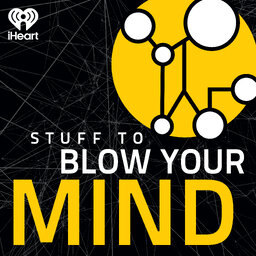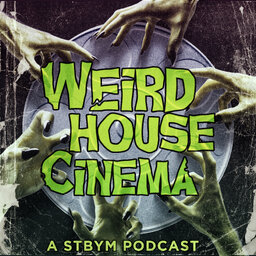From the Vault: The Kuleshov Effect, Part 2
What is the character in the film looking at? How does the object of their vision color how we interpret their countenance? In this episode of Stuff to Blow Your Mind, Robert and Joe discuss the Kuleshov effect from film theory and what studies in experimental psychology and neuroscience reveal. (01/27/2022)
 Stuff To Blow Your Mind
Stuff To Blow Your Mind


